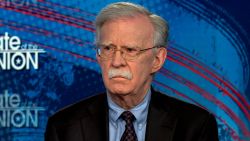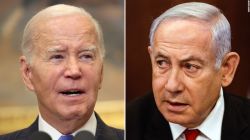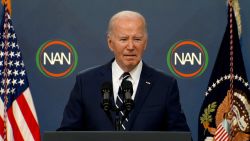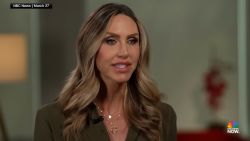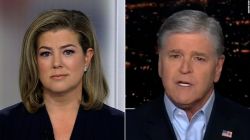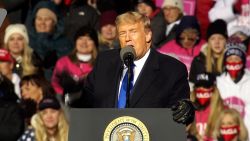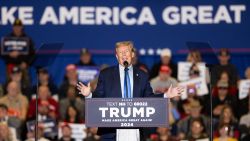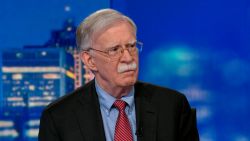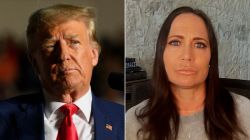There’s no politician – not one – who has risen further faster than Alexandria Ocasio-Cortez. Two years ago at this time, she was bartending and waitressing in New York. Now the New York congresswoman is the face of the liberal left in the Democratic Party nationally.
When a politician – or, really, anyone – becomes a star overnight, there’s an inevitable backlash that grows in opposition to the rise. And less than three months into her first term in Congress, the AOC backlash has begun in earnest.
The spark came last week when, in a closed-door meeting of House Democrats, Ocasio-Cortez warned colleagues that if they continued to vote with Republicans on procedural motions in the chamber they could wind up “on a list” of incumbents ripe for a liberal primary challenge. (Speaker Nancy Pelosi, who has found herself on the other side of AOC a few times during the early months of this Congress, was making the same case to members.)
Members – especially those holding swing districts that look nothing like AOC’s solidly Democratic Bronx/Queens seat – took umbrage.
“There is, without a doubt, a myth that Alexandria Ocasio-Cortez somehow represents the narrative of Democratic primary voters in the country,” Alabama-based Democratic pollster John Anzalone, who polled for Barack Obama’s 2012 re-election race, told The Washington Post over the weekend. “Almost half of them identify themselves as moderates or conservative.”
Is Anzalone right about the makeup of Democrats? He is, according to Gallup polling of Democrats in 2018. That data showed that 51% of Democrats identified themselves as liberal last year, while 47% call themselves either moderate (34%) or conservative (13%).
Here’s the problem for the likes of Anzalone and 2020ers like former Colorado Gov. John Hickenlooper, who is running as a pragmatic problem-solver: The energy, activism and, yes, money is all coming from the mad-as-hell-and-not-going-to-take-it-anymore liberal base at the moment. That reality incentivizes candidates – particularly in the presidential race – to run as far left as possible, because it’s way over there on the left where they will get what they want in terms of political outcomes.
The real question then is not which part of the party is on the rise – it’s the AOC/Bernie Sanders wing for sure – but rather how those moderates and conservatives are treated by the liberals in the party. Will they be driven out as insufficiently loyal to the cause – as tea party (and Trump) Republicans have done to their own centrist wing over the last decade? Or will liberals find a way to incorporate the views of their more moderate party members as they try to find a candidate who can oust President Donald Trump in 2020?
Again, Anzalone hits the nail on the head. “My main gripe about AOC is that while I respect her voice in the party, I don’t think she respects mine or anyone else’s who differs with her on policy or comes from a different political electoral reality,” he tweeted.
The Point: This ideological fight within the Democratic Party reflects the broader debate about what a post-Obama Democrat could and should look like. Is it Ocasio-Cortez? Is it Joe Biden? Is it somewhere in between?





